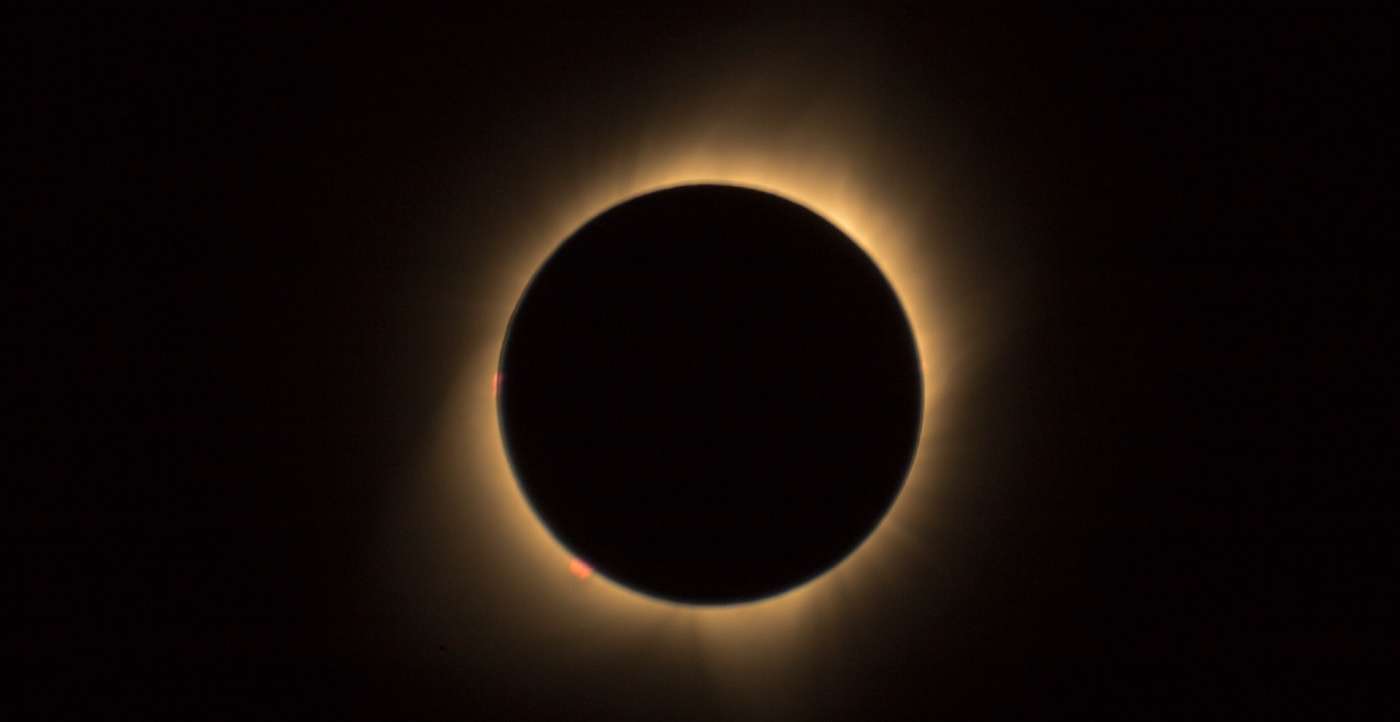McDonald's Workers Open Their Restaurant as a 24-hour Storm Shelter During Blizzard in North East
Kosha, along with her McDonald's colleagues said they just did what anyone would do, claiming 'you don't really think about it.'

It's time to dig out the solar glasses from the back of the cupboard, because on the morning of June 10—that's this Thursday—the Sun, Moon, and Earth will bring us a highlight of the summer stargazing season as a solar eclipse hits the Northern Hemisphere.
If you're in the Lower 48 you'll want to be in the northeast, or in parts of the Midwest and Mid-Atlantic, to glimpse a surreal sunrise where the sun has ‘solar horns'. Maine will see 78% coverage of the sun; in Washington, D.C. it will be 55% covered—creating a fascinating crescent shape.
If you're in Ontario, Nunavut, or Quebec in Canada, if the skies are clear you'll see an impressive ‘Ring of Fire' solar eclipse a little after sunrise—but only if you're north of Lake Superior (sorry, Torontonians.)
If you're further in the west of Canada or the U.S? You may as well have a lie-in, as the eclipse will begin and end its show before sunrise hits.
The Weather Network has great maps containing more info on what you'll see, and when, in your location in North America.
If you're in Europe, here's what you can expect to see.
So how do solar eclipses work? According to NASA, "A solar eclipse happens when the Moon moves between the Sun and Earth, casting a shadow on Earth, fully or partially blocking the Sun's light in some areas.
"During an annular eclipse, the Moon is far enough away from Earth that the Moon appears smaller than the Sun in the sky. Since the Moon does not block the entire view of the Sun, it will look like a dark disk on top of a larger, bright disk. This creates what looks like a ring of fire around the Moon."
P.S. It's not just up in the direction of the sun you'll want to look at during Thursday's spectacular sunrise. Look on the forest floor, according to The Washington Post, and you could see crescent-shaped patches of light tucked among the trees' shadows as the sun's image gets projected on the ground.
(WATCH NASA's visualization of Thursday's eclipse in the video below.)
GET Your Friends' Ready for the Solar Eclipse—Share This Story…
Be the first to comment